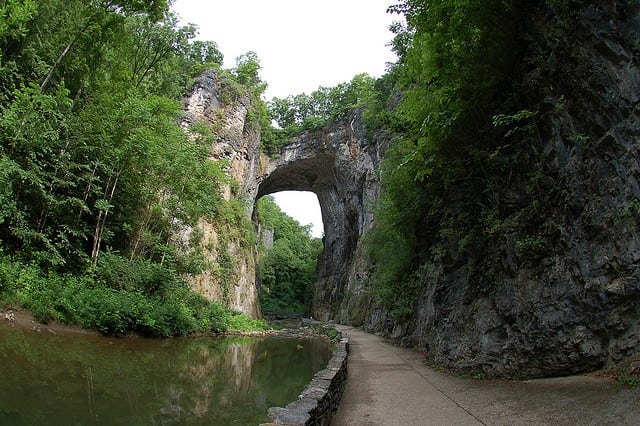Listed as a UNESCO World Heritage Site, Ayers Rock also known as Uluru is one of Australia’s most recognisable natural landmarks. The Uluru is essentially a single piece of rock, rising 348m from the spinfex grass with a circumference of almost 10km jutting out of the Northern Territory Outback. Many historians consider it a natural wonder as there is no known geological structure in the world exactly like it.
The name of this rock has an interesting history associated with it. It was named by the local Pitjantjatjara Aboriginal tribe as Uluru. However, in the year 1873, in honour of South Australia Chief Secretary Henry Ayers, William Gosse renamed it as Ayers Rock.
Dominantly composed of coarse-grained arkose, a type of sandstone which gives it its orangish brown colour, the Uluru or Ayers Rock was created over some 600 million years. The structure of Uluru or Ayers Rock is what is geologically defined as an inselberg. An inselberg refers to an island mountain,which is surrounded by relatively flat erosion lowlands in a dry region.
What is astounding about the Ayers Rock is the fact that it originally sat at the bottom of a sea, but stands 348m tall above ground today. However, geologists believe that still some 2.5kms of its bulk remains underground. The climb to the top of Ayers Rock is approximately 1.6kms, mainly at a steep angle. However, the summit is flat. Surface oxidation over numerous has lent the Uluru a striking orange-red hue.
About 30 kilometres west of Uluru, there is a sister formation of Uluru, known as Kata Tjuta. Kata Tijuta or Olgas comprises 36 magnificently domed and red coloured shapes, perfectly justifying its name, which means “many heads’. The tallest dome is said to be around 546 metres high. In fact, Uluru and Kata Tjuta and the surrounding land became a national park in 1958 and lies in the territory of the Anangu people.
In order to reach Uluru, tourists have a variety of options they can choose from. Uluru or Ayers Rock. The nearest large town to it is Alice Springs. Alice Springs to Ayers Rock is usually a 1 hour flight or a 4.5 hour drive. Alternately, visitors can also directly fly to Conellan Airport.
As for the weather, the area around Ayers Rock usually experience a typically desert type climate. Humidity is low, but extreme temperatures are recorded during summers and winters respectively in the park. Since days are usually very sunny, and usually exceed 40 degrees, visitors are strongly recommended to carry sunscreen, sun glasses and a hat to protect themselves from catching a heat stroke.
When in Uluru, these are the hotspots which tourists should ensure that they do not miss:
• Sunrise and Sunset at Uluru: This usually tops the itinerary of visitors and is a major highlight as it is during sunrise and sunset that one can experience the changing colours of the rock.
• Take a walking tour around the rock with an aboriginal guide.
• Dine at the Sounds of Silence Restaurant, winner of the 1997 and 1998 Australian Tourism Awards; a formal dining setting in the middle of the desert with Australian delicacies such as kangaroo, barramundi, crocodile and emu.
• Kings Canyon: This makes for a perfect day trip from Iluru or Ayers Rock. Situated in the Watarrka National Park, it is carved by Kings Creek, has 300m cliffs and numerous walking tracks.













